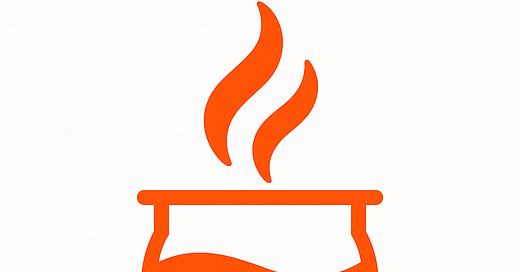Designing Your AI Org Chart: How to Build Before You Scale
Before you scale outputs, build a lightweight AI organizational structure around your projects.
Before you worry about scaling results, you need to scale structure.
Most people treat AI like an assistant:
One prompt, one output, one task.
But scaling with AI isn't about asking for more outputs.
It's about designing invisible teams that run under your direction.
The simplest serious upgrade:
Stop thinking "single prompt."
Start thinking org chart.
Even if you’re a team of one, you can design multiple roles into your AI stack:
Researcher → finds deep information.
Critic → challenges bias and shallow thinking.
Synthesizer → assembles raw material into useful form.
Quality Controller → audits the final outputs.
Each role runs against a different mode of AI prompting.
Each role removes cognitive friction from your system.
Each role adds an axis of leverage you didn’t have before.
Without structure, AI creates noise.
With structure, AI creates clean momentum.
You don’t need to build a giant operation.
You need to start with two or three clear roles, well delegated.
Design your org chart before you scale your outputs.
Otherwise, you’re just asking a smarter assistant to waste your time faster.
AI Prompt
You are my AI Operations Lead.
I’m trying to shift into 'CEO mode' — thinking less like a doer and more like an orchestrator.
Here’s what I’m currently working on: [brief description].
Based on this, what would you delegate to AI agents? Break it down by function, by process, and by where I can offload decision loops.This post is part of the series:
→ Thinking Like a CEO in the Age of AI
How to thrive by orchestrating flows, not grinding tasks.
Need a bespoke Phase Transitions-grade deep dive written?




